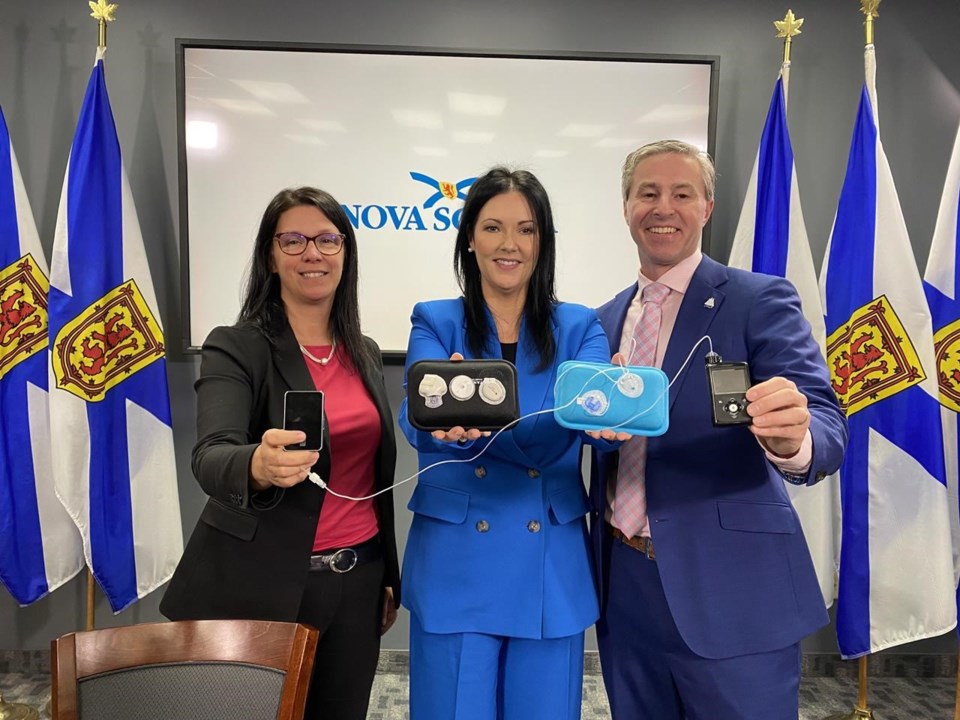HALIFAX — Nova Scotians with diabetes will soon have access to government funding for glucose monitoring and greater access to the province's insulin pump program.
Premier Tim Houston announced Wednesday the government will set aside $7.2 million for diabetes care in the budget to be tabled Thursday, including $5.9 million for wearable glucose monitoring devices and supplies.
Houston said the sensor-based glucose monitoring will be funded through a new income-based program and through existing pharmacare programs, adding that households with annual incomes of less than $60,000 will pay no deductible. Households earning between $60,000 and $150,000 will pay a deductible of between $500 and $1,000.
The funding options will be open to people with Type 1 and Type 2 diabetes who need multiple daily injections of insulin or who need insulin pumps to manage their disease.
The province is also expanding the insulin pump program by removing the age cap for subsidies, which had been set at 26 years and under.
Houston said the financial help for glucose monitors is “long overdue.”
“The bottom line is many Nova Scotians with diabetes will no longer have to prick their finger multiple times a day, which is a process that can become uncomfortable and painful,” he said. “This is especially helpful for families with children and youths.”
Maria Campbell, director of government affairs and advocacy for Diabetes Canada, welcomed both changes, adding they will make a difference in the lives of people dealing with the disease.
“We have long advocated for an end to age restrictions with access to diabetes care technology,” said Campbell, who attended the news conference with Houston. “The impact of diabetes on a person’s life does not end at the age of 26.”
She said the help for glucose sensors is particularly important because they give patients more control over the measurement of their blood sugar levels.
“Continuous glucose monitors can make the difference between life and death in many cases,” Campbell said.
About 4,000 patients will be helped to cover their glucose-monitoring supplies with the change and another 450 patients will be made eligible through the insulin pump program. According to the province, about 106,850 people have diabetes in Nova Scotia and between five and 10 per cent are dealing with Type 1 diabetes, which requires daily monitoring and injections of insulin.
Officials say the average cost for an insulin pump is $6,300, with supplies costing about $4,000 a year. Sensor-based glucose monitoring supplies can cost up to $4,000 a year.
Aaliyah Cook, 18, a student at Dalhousie University, said her insulin pump alone costs about $10,000, while the glucose sensors cost her about $100 every two weeks.
“If I didn’t have the technology I would be checking my sugar at least five times a day, so I would need to get the needle out and poke (my finger),” said Cook. “Having to do it so often is a strain … but Type 1 diabetes is not something that you can just neglect.”
This report by The Canadian Press was first published Feb. 28, 2024.
Keith Doucette, The Canadian Press



